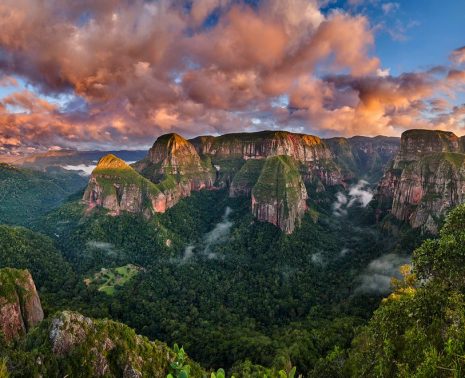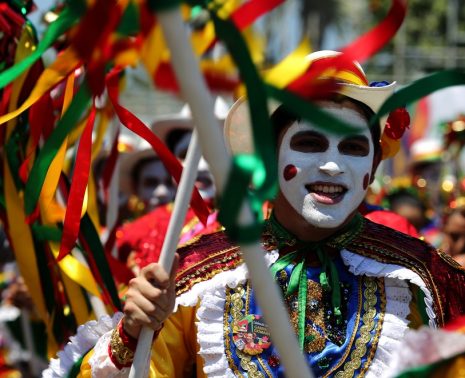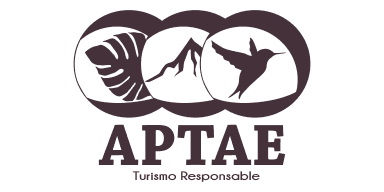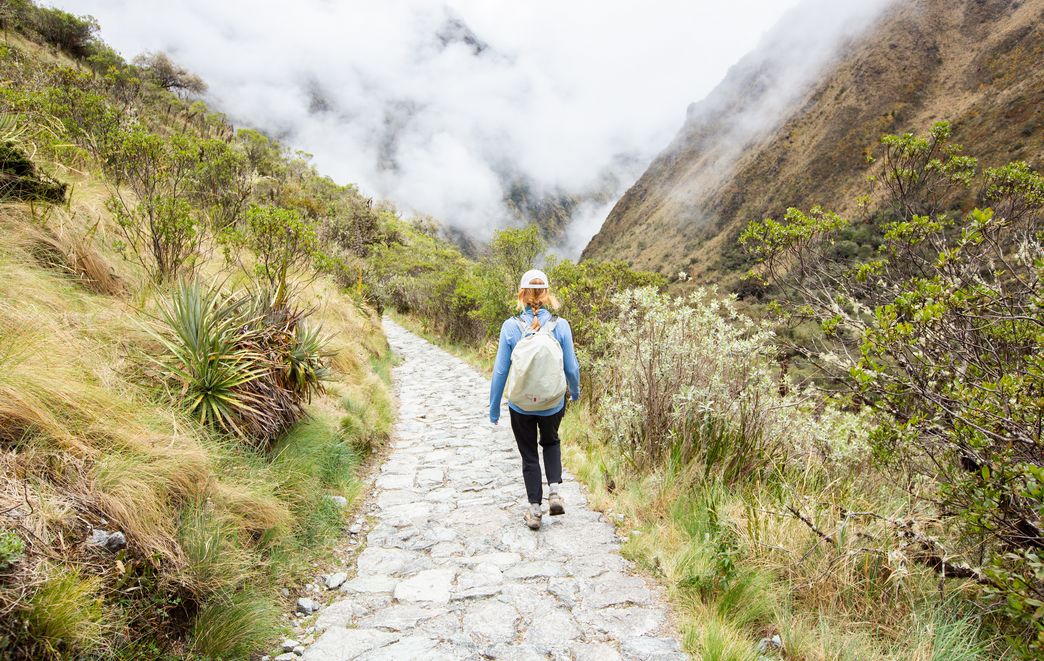
Trekking the legendary Inca Trail to Machu Picchu is a dream for many adventurers, but with that dream comes the responsibility to preserve this iconic route for future generations by learning how to sustainably visit the Inca Trail. As visitors to this UNESCO World Heritage Site, it’s crucial that we prioritize sustainability and minimize our environmental impact. Kuoda Travel supports the sustainable exploration of our beautiful homeland, and always encourages visitors to travel to Peru responsibly, ensuring that our journey leaves behind only footprints and unforgettable memories.
When traveling with Kuoda, you can be assured you’re visiting the Inca Trail with not only a sustainable tour operator, but locals who care deeply about their home. The Inca Trail is not only a natural wonder but also a cultural treasure, dotted with archaeological sites, ancient ruins, and sacred landmarks. Sustainable tourism ensures that visitors respect and preserve these cultural assets, minimizing damage to archaeological sites, respecting local customs and traditions, and fostering appreciation for indigenous heritage.
Kuoda encourages travelers to adopt responsible travel behaviors worldwide, such as minimizing waste, conserving water and energy, respecting wildlife, and supporting local conservation efforts. By promoting awareness and education about environmental and cultural conservation, sustainable tourism fosters a culture of responsible travel that extends beyond the Inca Trail to other destinations around the world.
Beyond traveling with Kuoda, here are our top ways to practice responsible travel through the Inca Trail:
Follow the Trail Regulations:
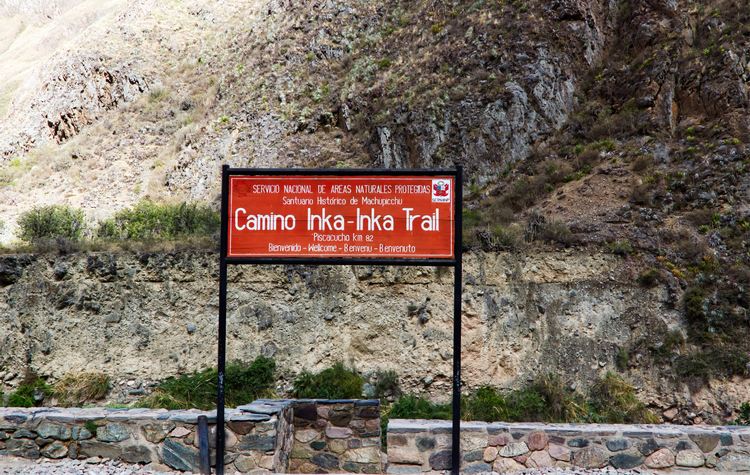
The Peruvian government and park authorities have implemented regulations to protect the Inca Trail’s fragile ecosystems and cultural heritage. By adhering to these rules, trekkers can play a vital role in preserving the trail’s integrity. Respect group size limits, camping locations, and designated routes to minimize environmental impact and ensure a safe and enjoyable experience for all.
Stay on Designated Paths:
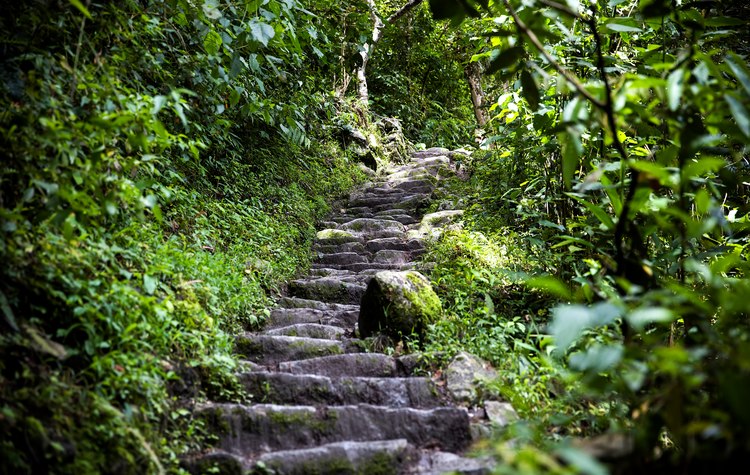
One of the most critical aspects of sustainable trekking is staying on designated paths. Straying from established routes can lead to erosion, damage to delicate ecosystems, and harm to archaeological sites. By sticking to the designated paths, trekkers can minimize their environmental impact and preserve the trail’s natural beauty for future generations to enjoy.
Practice Leave No Trace:
Leave No Trace principles are essential for minimizing our impact on the environment while trekking the Inca Trail. Pack out all waste, including biodegradable items like food scraps and toilet paper. Follow proper waste disposal practices outlined by your tour operator or park authorities to ensure that the trail remains pristine for years to come. Additionally, leave natural and cultural artifacts undisturbed, and use designated restroom facilities whenever available.
Respect Archaeological Sites:
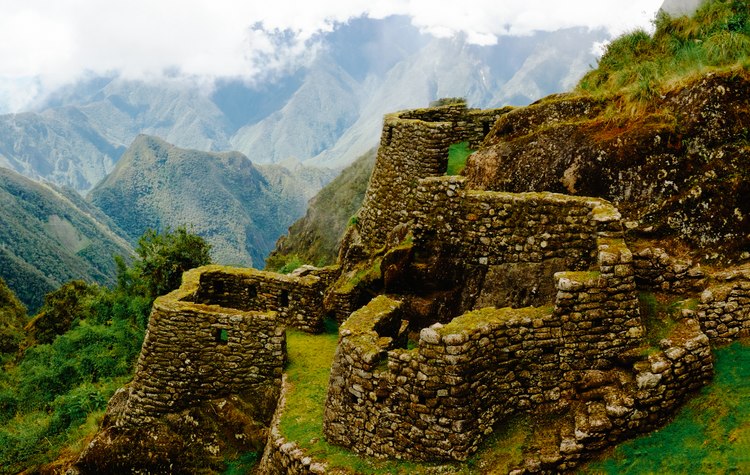
The Inca Trail is home to numerous archaeological sites of immense cultural significance. When visiting these sites, it’s crucial to follow the guidance of trained guides and signage. Refrain from climbing on walls, sitting on structures, or touching ancient artifacts to prevent damage. Stay clear of restricted areas and respect any barriers or roped-off sections indicating areas under conservation or restoration efforts.
Practice Sustainable Eating:
Choosing sustainable food options is another essential aspect of responsible trekking. Opt for locally sourced and sustainably produced foods whenever dining along the trail to support local farmers and reduce your carbon footprint. Minimize food waste by packing lightweight, non-perishable snacks and meals in reusable containers, and avoid using single-use plastics whenever possible.
Support Local Communities:
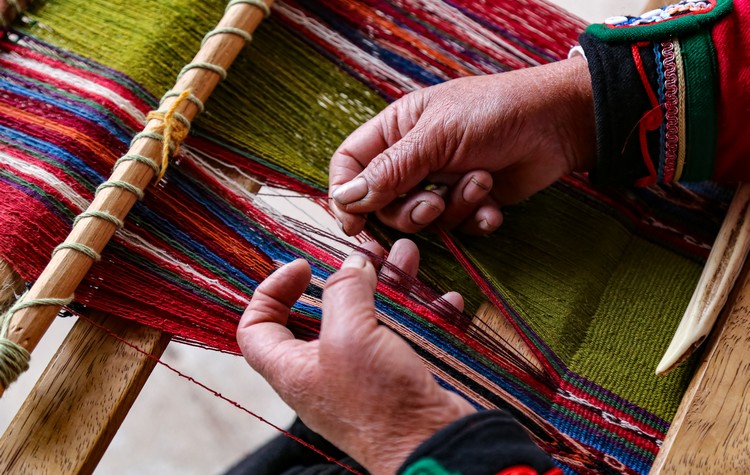
Supporting local communities is integral to sustainable tourism along the Inca Trail. Choose locally owned accommodations, restaurants, and souvenir shops to contribute directly to the livelihoods of residents in the Sacred Valley. Respect traditional customs and cultural practices, and consider learning a few basic phrases in Spanish or Quechua to facilitate communication and show respect for the local culture.
Trekking the Inca Trail is a once-in-a-lifetime experience that comes with a responsibility to protect and preserve this iconic route. By following sustainable practices, such as respecting trail regulations, hiring responsible tour operators such as Kuoda, and minimizing our environmental impact, we can ensure that the Inca Trail remains a pristine and awe-inspiring destination for generations to come.
If you’re interested in visiting the Inca Trail in the most sustainable way possible, let us plan your trip. With itineraries like this Machu Picchu and Sacred Valley trip, we’re here to plan a bespoke adventure that you’ll remember forever.. Let’s embark on our journey with a commitment to sustainability and leave behind a positive legacy for future adventurers to follow.
Exploring Bolivia’s National Parks: A Paradise for Outdoor Adventure Enthusiasts
Nestled in the heart of South America, Bolivia’s National Parks stand as a captivating tapestry of diverse l...
Read PostA Guide To Visiting Carnival in Colombia in 2024
Colombia, a vibrant tapestry of culture and color, welcomes visitors to immerse themselves in the fervor of it...
Read PostKuoda’s Guide to the Best Winter Sports Destinations in South America
As winter blankets the Southern Hemisphere, South America unveils a spectacular playground for winter sports e...
Read Post

 Call
Call 







